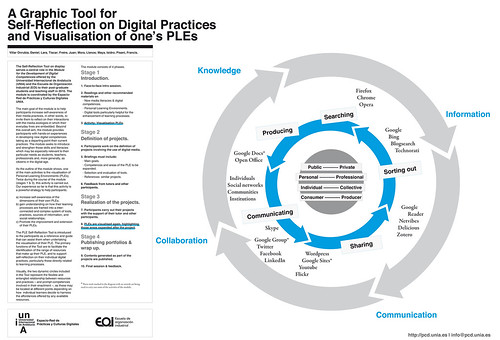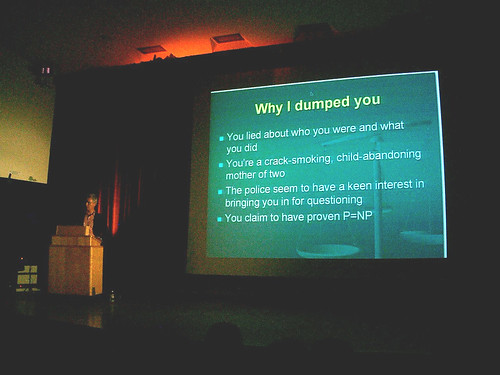Digital Blog Post #E
There are several distinct concepts that are discussed in the chapters four, nine, and eleven. They vary from enhancing lesson plans with technology to meeting
educational standards. There are also different forms off how to assess
and evaluate the children. some things involve the creativity that can
be incorporated in lesson plans and how that creativity can be
expressed. then it skips to what the role of assessment in teaching and
learning is and what reflective learning is.
One thing I thing is really important to elaborate on is teachers meeting educational standards.There are so many things that help teachers make their decisions on what they should and should not include in lesson plans. Not only does it help make he lesson plan but it can also make it difficult for the teachers. How old the students are, how much time you have with them, and what materials are there all relate back to what can be included in the lesson plan. These standards help to give the teachers a guide to follow. They help the teachers to know what the students need to know and understand by the end of a specific class. These standards have become different variations of "teaching to the test". The FCAT uses standards that should have been taught through the year. It gets turned into a standardized test and is an overall assessment of what should have been learned. That is how the teachers are "graded" on how they worked that year.
PowerPoint and next-generation presentation tools is pretty broad. Today, kids have so many digital tools that are so easily accessible! PowerPoint is one of the most well known presentation software programs. It has been updated some and changes have been made to it but it is slowly being "outdated". There are different things that are available now. There is Prezi, Acrobat, Google Docs, and many more. These programs are all used by teachers to give presentations. The more experience you have with each program, the more you are able to do and the more sophisticated you can get with a specific presentation. You can have videos and images embedded and links to sites. teachers can get a greater response by using a visual to start a class discussion rather then just a lecture. These presentations can be used to contain a list of questions for assessments or simple assignments. It is even possible for teachers to create games using the PowerPoint software.
It is also quite common for teachers to use a "digital teaching portfolio". Teachers often get evaluated on their performance throughout their career and this makes it easier to keep track of a the things they have done with lesson plans, things that worked really well, and things that the students did not connect with to much. This is a great way to keep previous work saved gives us a way to get back to it at a later time. this can show how a teacher has grown over the years and how their teaching strategies have changed. Portfolios can contain paper copies that have been digitized (copied to the computer), videos, photographs, and a variety or anything else that was used in a given class. These portfolios can be used to show employers and colleges as well as parents. Sometimes it is just easier to show the portfolio rather then trying to explain everything that has taken place over their career. there are some things that just about every teachers portfolio should include but are not limited to just these. There may be:

One thing I thing is really important to elaborate on is teachers meeting educational standards.There are so many things that help teachers make their decisions on what they should and should not include in lesson plans. Not only does it help make he lesson plan but it can also make it difficult for the teachers. How old the students are, how much time you have with them, and what materials are there all relate back to what can be included in the lesson plan. These standards help to give the teachers a guide to follow. They help the teachers to know what the students need to know and understand by the end of a specific class. These standards have become different variations of "teaching to the test". The FCAT uses standards that should have been taught through the year. It gets turned into a standardized test and is an overall assessment of what should have been learned. That is how the teachers are "graded" on how they worked that year.
PowerPoint and next-generation presentation tools is pretty broad. Today, kids have so many digital tools that are so easily accessible! PowerPoint is one of the most well known presentation software programs. It has been updated some and changes have been made to it but it is slowly being "outdated". There are different things that are available now. There is Prezi, Acrobat, Google Docs, and many more. These programs are all used by teachers to give presentations. The more experience you have with each program, the more you are able to do and the more sophisticated you can get with a specific presentation. You can have videos and images embedded and links to sites. teachers can get a greater response by using a visual to start a class discussion rather then just a lecture. These presentations can be used to contain a list of questions for assessments or simple assignments. It is even possible for teachers to create games using the PowerPoint software.
It is also quite common for teachers to use a "digital teaching portfolio". Teachers often get evaluated on their performance throughout their career and this makes it easier to keep track of a the things they have done with lesson plans, things that worked really well, and things that the students did not connect with to much. This is a great way to keep previous work saved gives us a way to get back to it at a later time. this can show how a teacher has grown over the years and how their teaching strategies have changed. Portfolios can contain paper copies that have been digitized (copied to the computer), videos, photographs, and a variety or anything else that was used in a given class. These portfolios can be used to show employers and colleges as well as parents. Sometimes it is just easier to show the portfolio rather then trying to explain everything that has taken place over their career. there are some things that just about every teachers portfolio should include but are not limited to just these. There may be:
- the teacher's resume- which would include personal talents and accomplishments,
- the teachers specific Philosophy of Education,
- Lesson Plans and the Reflections that correspond,
- Teaching experiences.

- Photo Credit to Daniel Villar Onrubia on Flickr.
Resources:
Drake, S. M., & Burns, R. C. (2004). Meeting standards through integrated curriculum. ASCD.
Drake, S. M., & Burns, R. C. (2004). Meeting standards through integrated curriculum. ASCD.
Hernandez, Rebecca. (2016, April 3). Welcome to Class. Created with Piktochart.
Maloy, Robert, Verock-O’Loughlin,Ruth-Ellen, Edwards, Sharon A., and Woolf, Beverly Park (2013). Transforming Learning with New Technologies. 2nd Edition. Boston, MA: Pearson Education, Inc.
Maloy, Robert, Verock-O’Loughlin,Ruth-Ellen, Edwards, Sharon A., and Woolf, Beverly Park (2013). Transforming Learning with New Technologies. 2nd Edition. Boston, MA: Pearson Education, Inc.



